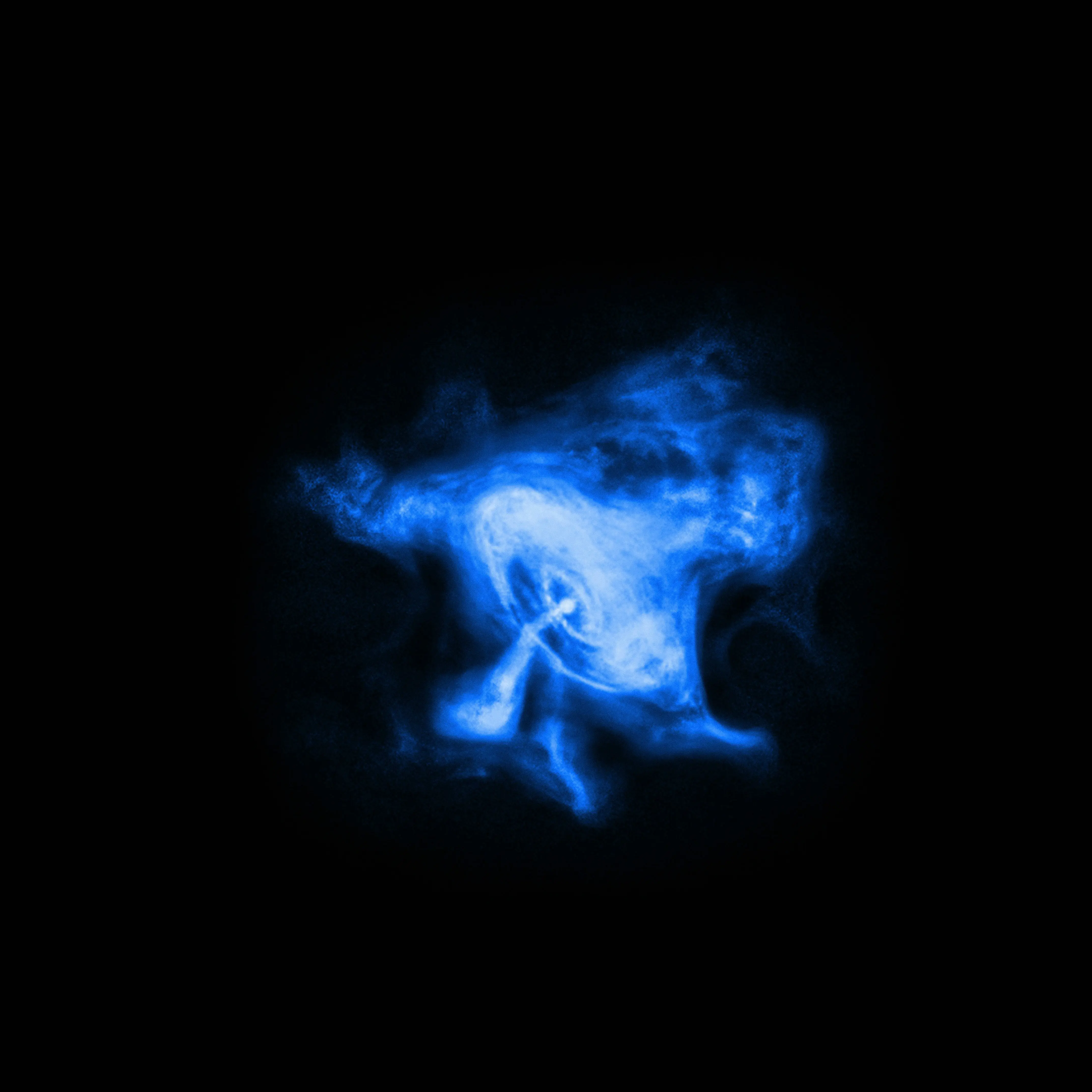Unveiling The Vibrations Of Neutron Stars: A Step Closer To Understanding Quark Matter

In a groundbreaking study, Gittins and his team have explored the mysterious internal vibrations of neutron stars as they prepare to merge. These cosmic dances occur during the stars' final orbits, revealing secrets about the universe's most enigmatic objects.
Among these vibrations, one stands out: the interface mode. This particular vibration is found at the boundary between two distinct types of matter. The first is the well-known nuclear matter, composed of protons and neutrons. But deep within the star, an intriguing transformation occurs. The nuclear matter turns into something called deconfined quark matter, a state where even protons and neutrons break down into their smallest components, known as quarks. In this state, quarks move freely within the star's core.
These subtle vibrations have a significant impact on gravitational wave signals. These are ripples in space-time caused by massive cosmic events, like neutron star mergers. According to Gittins, understanding these vibrations could help scientists differentiate between normal nuclear matter and this never-before-seen quark matter.
Though humanity is only beginning to unlock the mysteries of neutron stars, the study's findings suggest that one day, gravitational waves might give us a clearer picture of what truly lies at the heart of these celestial bodies.